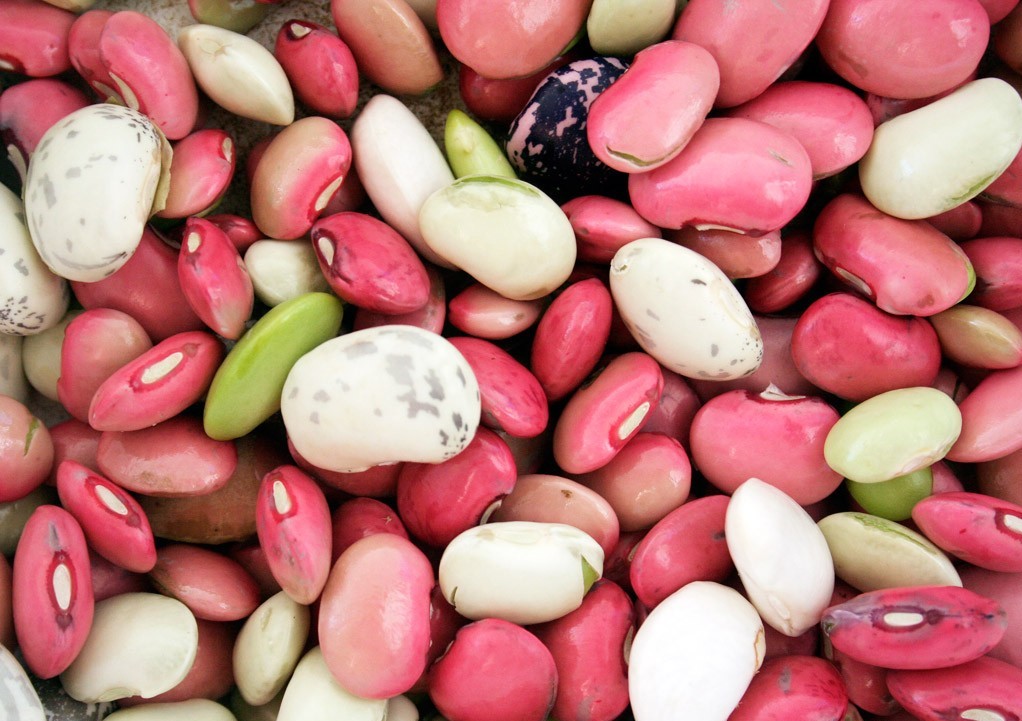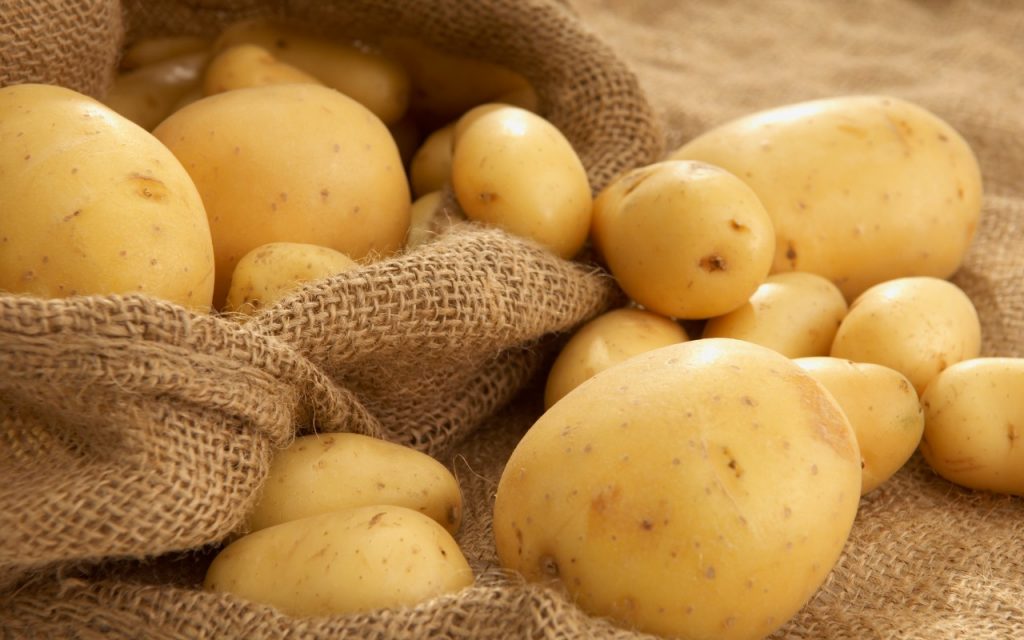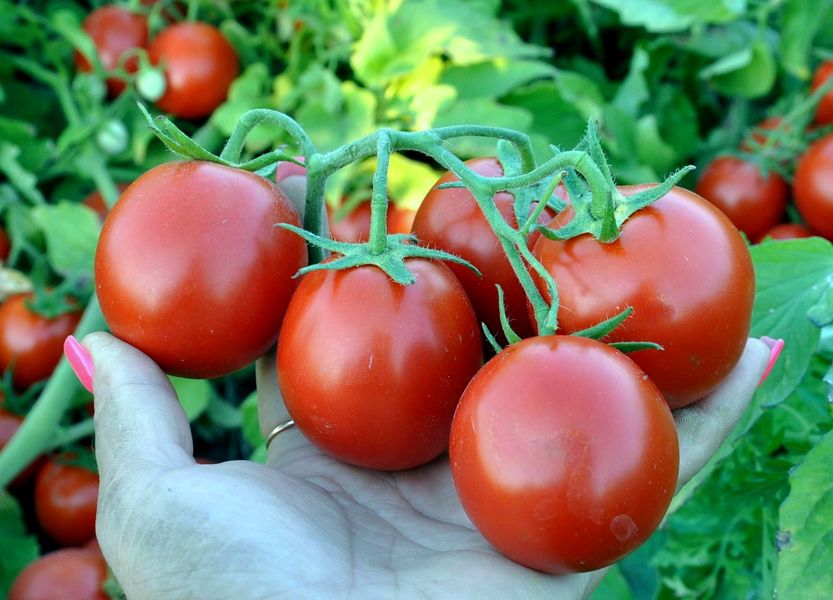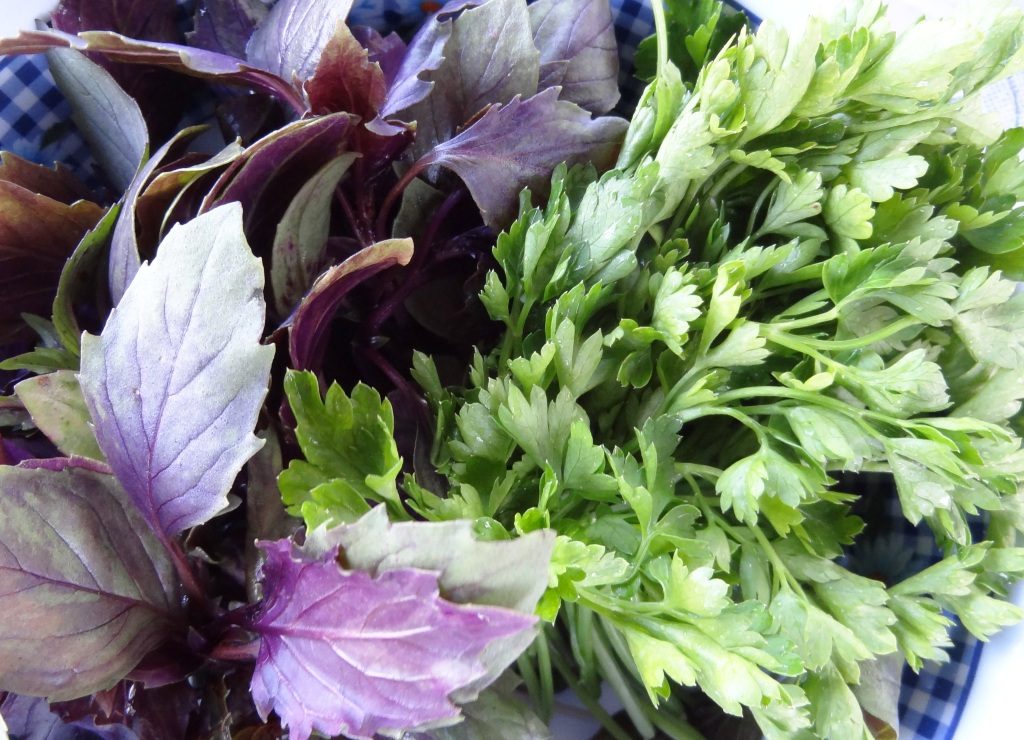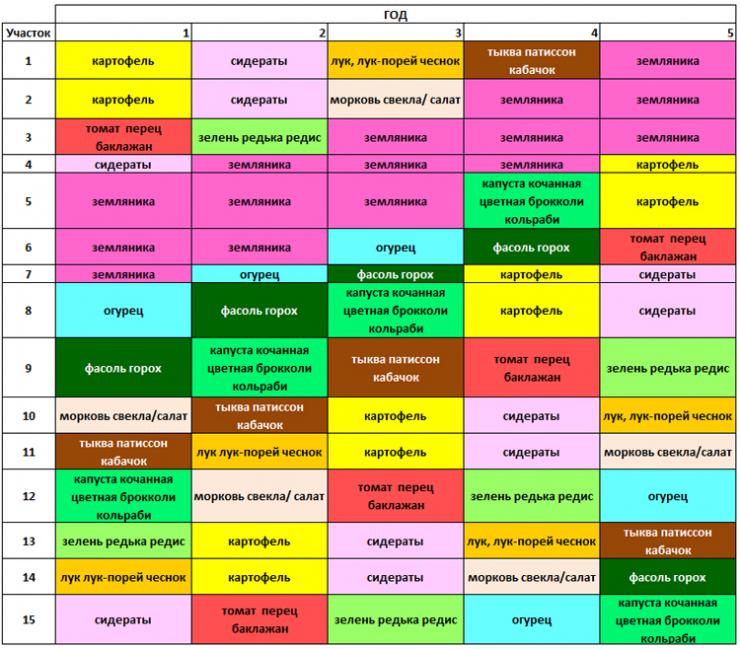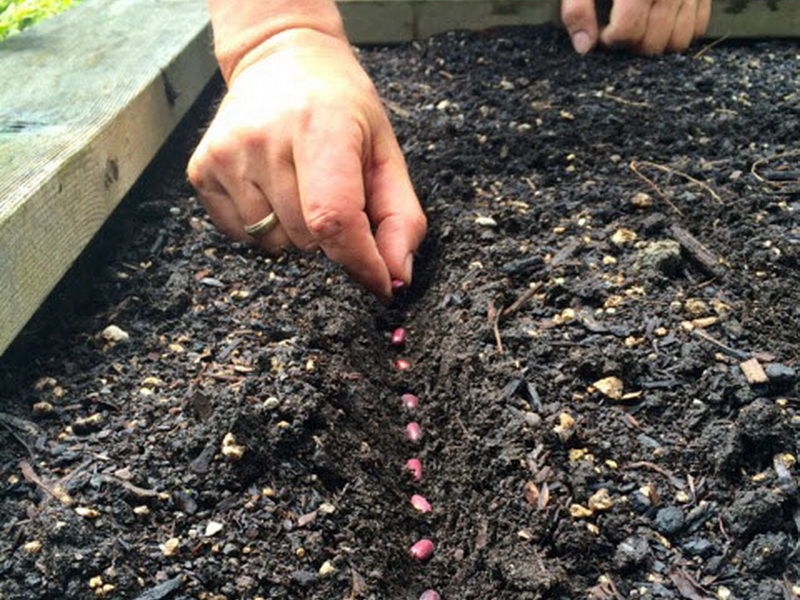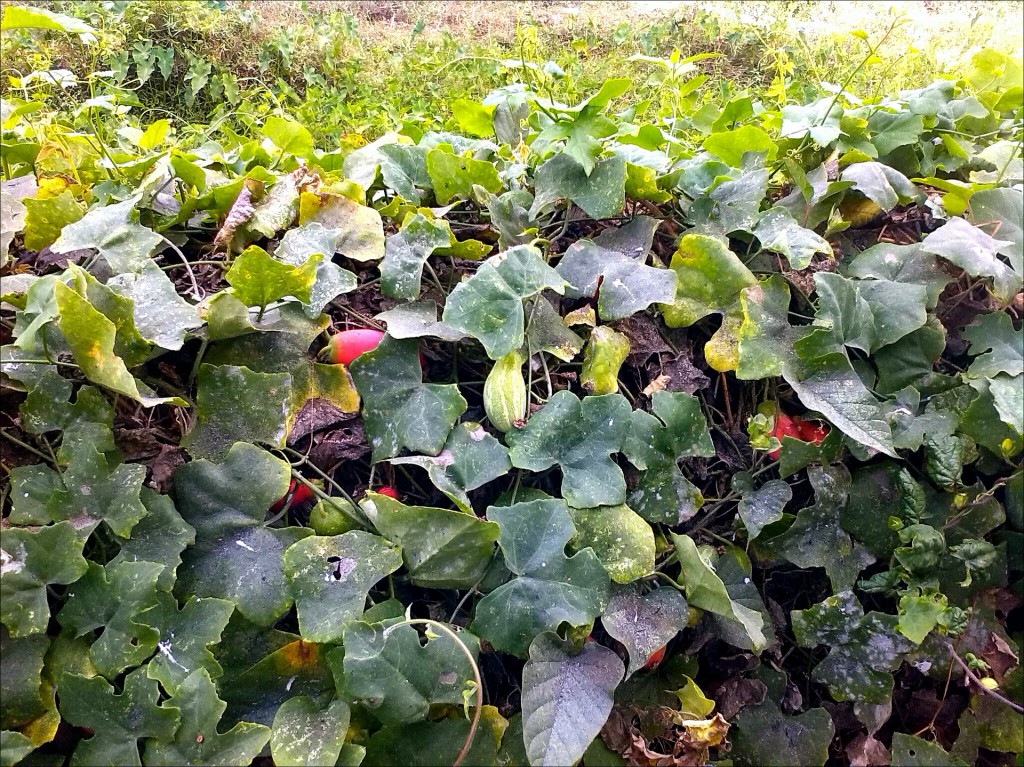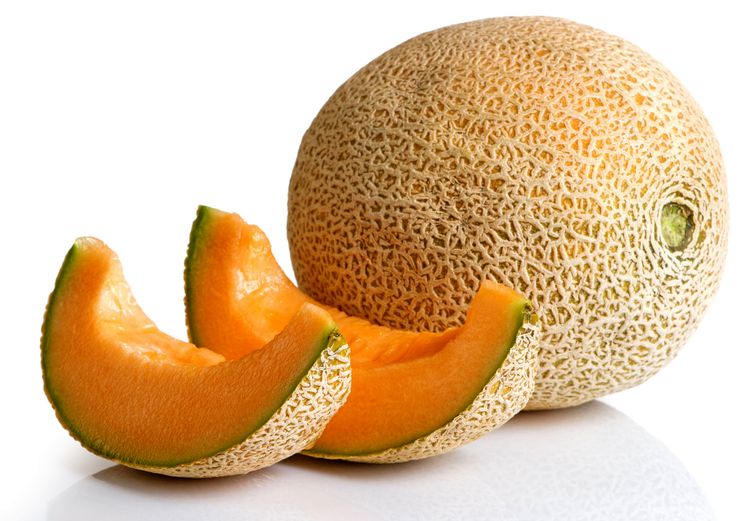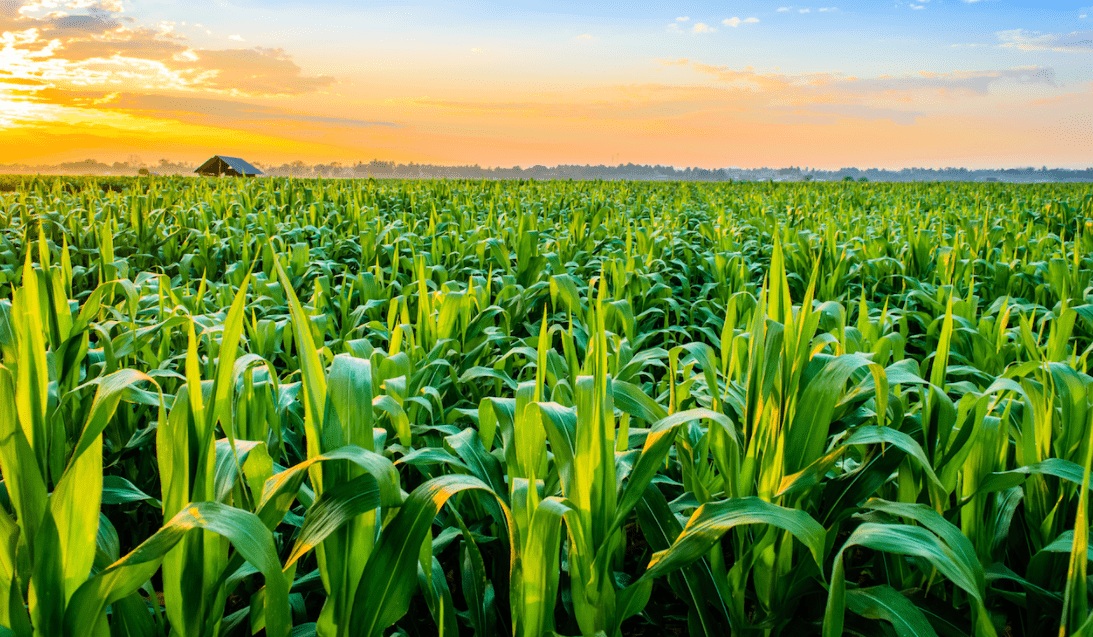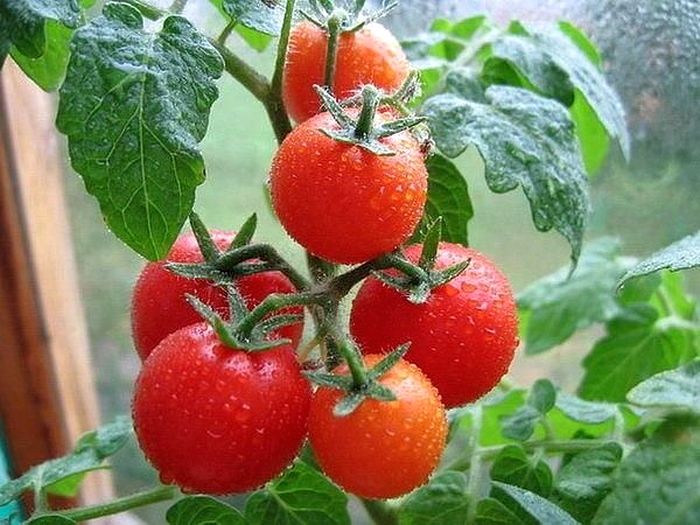Content:
Experienced farmers know how to plant beans on the same bed for a favorable interaction of plants. For example, legumes planted next to potatoes, tomatoes, and eggplants will scare off the Colorado potato beetle, and close proximity to root vegetables will help loosen the soil for the beans. Competent formation of mixed beds increases crop yields.
Conditions for growing beans
Beans are a thermophilic crop that increases productivity in windproof areas of the southern, southwestern slopes. It is possible to grow legumes in warm, illuminated areas with light, medium loamy soil, saturated with humus. Moderately damp soil will do. To get an early harvest in conditions of insufficient heating, it is necessary to make cold mini-greenhouses in the form of small boxes with a transparent roof, placed low above the ground. An alternative option would be mobile greenhouses installed 10 days before sowing. Remove greenhouse frames at the end of the late frosts.
The optimal growing environment for beans is neutral, slightly alkaline soils with easy drainage. Before sowing, the garden is enriched with humus, compost. Bush beans are sown on beds in 3 rows, adhering to a checkerboard pattern. Seeds of climbing varieties are sown in holes, 5-7 seeds each, soaked in hot water before planting. Pits are dug at a depth of 5-8 cm, keeping a distance in rows of 25-30 cm, row spacing - 30-40 cm. It is advisable to create wooden supports for curly and semi-curling varieties when planting. Bean tendrils will not attach to a metal surface.
The first shoots that appear on the fifth day should be protected from frost with covering materials such as spunbond. Tolerance to frost in bean shoots is minimized - if you open the seedlings during the frost period, they will die. The optimum temperature is 20-25 ° C.
Culture compatibility
The property of some plants to secrete chemical compounds that inhibit the development of others is studied by the science of allelopathy. The knowledge gained by scientists makes it possible to observe crop rotation for the owners of small plots in a limited area, where the time for returning the culture to its former place is 3-4 years.
Combined planting, alternating beds of different plants, make it easier for gardeners to set tasks, thanks to a number of advantages:
- Reducing the number of pests. Insects search for food by smell. Cruciferous crops attract with the aroma of mustard oil, onions - with volatile sulfur compounds. In mixed plantings, for example, potatoes with beans, odors are interrupted by other plants, confusing pests;
- The soil does not get tired. Having decided to plant different crops on a joint garden bed, one-sided depletion of the soil is excluded, due to different nutritional regimes;
- Predatory insects appear, destroying plant pests. Pollinating insects are also attracted;
- The area is used effectively. Mixed beds allow you to plant vegetables from spring to late autumn.
When selecting plants on the same bed, experienced gardeners recommend following a number of criteria:
- The use of diverse families will reduce the likelihood of progression of common diseases, pests;
- Plants are selected at different heights. For example, planting beans in soil with potatoes will exclude the struggle of crops for light during growth;
- Crops of herbs, flowers between vegetable rows repel pests;
- Flowers, cover crops are attractive to predatory insects. Adults, feeding on nectar and pollen, fly to marigolds, asters, daisies, sunflowers, and clovers.
The best neighbors of beans in the garden
The following crops are ideal for close proximity to beans.
Potatoes
In relation to neighbors, potatoes show more tolerance than mutually beneficial consolidation. The best compatibility is observed only with legumes. Planting potatoes and beans together will help keep pests away. Additional protection will be created by mulching the planting with a thick layer of straw, close planting of savory, basil, parsley, coriander.
Peas
There are a number of reasons for planting peas favorably alongside other legumes:
- rich content of unique vegetable protein;
- lack of tendency to accumulate nitrates, toxins, and other harmful elements in the green mass and fruits;
- high resistance to diseases, minimal risk of pest damage, eliminating the need to use insecticides, fungicides;
- during the growing season, the root system of peas creates favorable conditions for the development of microorganisms that saturate the earth with nitrogen;
- The use of green mass of legumes is recommended for feeding the soil with nutritious organic matter, a complex of necessary easily assimilated phosphorus and potassium compounds.
Cabbage
A relationship of mutual assistance was noted in cabbage and beans, and compatibility was also observed in them with celery. There is a favorable interaction between plants, and celery scares off earthen fleas from cabbage.
Tomato
Tomatoes are considered by many to be “selfish” plants that grow separately from other crops. However, German and Swiss gardeners have empirically determined that tomatoes tolerate well the neighborhood with bush beans, parsley, used to border tomato rows.
Cucumber
If you are looking for something to plant an asparagus variety of beans with on the same bed, boldly enclose cucumber beds with hedges made of leguminous plants, increase the level of nitrogen in the soil.
Beet
Beets enrich the soil with antibacterial substances as they grow, helping to heal most vegetable crops. As a companion, beets will have a positive effect on bush beans. It is grown along the perimeter of the legumes, providing access for regular loosening and thinning. When choosing a pair of beans and beets, compatibility is possible when using bush legumes, the weaving variety is contraindicated.
Useful neighborhood of other vegetables
The best companions for legumes are:
- Eggplants are exactly what you can plant next to bean bushes to scare off the Colorado potato beetle. The fertile trio foreshadows green beans with bell peppers and eggplants;
- Strawberry. Beans occupy a leading position in the list of neighbors useful for garden strawberries. Due to the peculiarities of the root system, it "loosens" the soil, supplies it with nitrogen, useful for the berries. The beds with beans are arranged so that the strawberries receive not direct, but diffused light;
- Corn. Bush beans significantly reduce the amount of the Colorado potato beetle that threatens corn, and also fills the soil with useful elements.It is beneficial to plant corn with legumes and pumpkin. The secret of co-cultivation was discovered by the American Indians. Corn provides support to beans, which saturate the soil with nitrogen, and pumpkin kills weeds;
- Radish. Shrub beans are often planted with root vegetables for particularly tender fruits. Legumes also protect radishes from harmful insects;
- Carrot. Carrots will create a beautiful border, have a beneficial effect on the growth of beans;
- Zucchini. Everyone's favorite vegetables bear fruit on the soil after beans and early varieties of cabbage, do not spoil the structure of the soil and greens.
Onions on a feather, dill, parsley, celery, lettuce, cilantro - greens will successfully complement the list of options with which you can plant bean bushes. The salad does not like overheating and needs partial shading. Thyme will help you to avoid black aphids. If growing beans is no longer of interest, don't root out the plants. Leguminous crops enrich the soil with nitrogen through nodule microorganisms that increase the fertility of the soil. The following crops grow much more vigorously and healthier.
Increasing the fertility of beans
There are five sustainable ways to harvest rich beans:
- Siderata. Green fertilizers saturate the soil with phosphorus, nitrogen, potassium and calcium, increase the water and air permeability of the soil. When choosing what to plant next to beans, it should be remembered that for the legume family, the best representative of green manure is lupine, which reduces the acidity of the medium. In neutral soils, it is preferable to grow mustard, radish, buckwheat. From the legume family, the role of siderata is played by pea peas, alfalfa and spring vetch. Less commonly, varietal asparagus beans are used as green manure;
- Crop rotation. The best precursors to beans are root vegetables, cucumbers, potatoes, tomatoes, cabbage and pumpkin (except peas). It is preferable to grow beans on a row crop site where the land is free of weeds. It is not worth organizing a garden bed after a sunflower - the quality and yield will decrease under the influence of a fungal infection, weed with carrion;
- Earthworms. As a result of the vital activity of invertebrates, a valuable natural fertilizer is formed - biohumus, which accelerates the process of processing humus, manure, loosening the soil, without spreading disease. On 1 m³ of the plot, it is enough to populate 500 individuals and not worry about soil fertility. Marigolds, which decorate mixed vegetable beds, improve fertility and have a healing effect;
- Resting the soil. It will be possible to get a high yield of bean crops in one area once every 4-5 years. With a low yield of beans, the site should be rest for 1-2 years;
- Protection from pests. The main enemies of the plant are the bean weevil, sprout fly and slug. Beetles can be easily dealt with by Metaphos or Decis. The penetration of the germ fly larvae will prevent the growth promoter solution. In the fight against slugs, mulching with henna or dry nettles is effective. The use of ash is allowed.
Drawing up an annual planting plan will help to maintain the correct rotation of crops over the years, according to the rotation rules described above, to plan the over-sowing of some crops to others at the beginning of the year.
